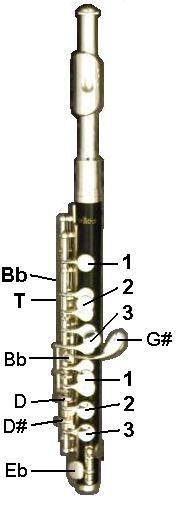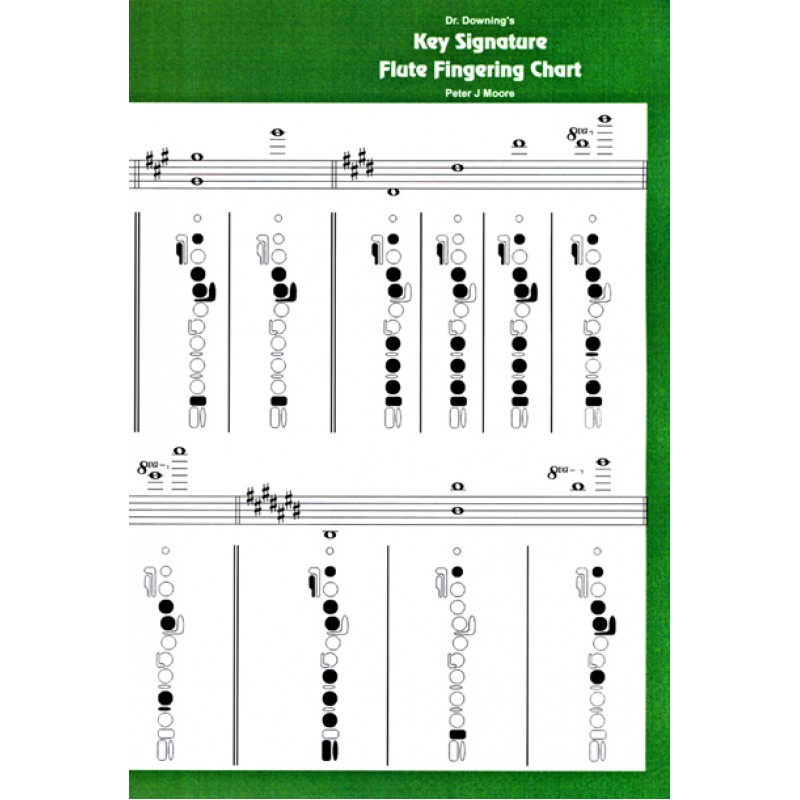

Debussy used this to great effect in the opening of his L’Après-midi d’un Faune. Because it is the open note of the flute it has a naturally hollow timbre. The middle C# of the flute deserves special mention. A fluid motion from B – C# is not possible because the C/natural roller lies in between the B roller and the C# lever. Consider writing fast passages for these lowest notes on alto flute. Fast passages that are not purely chromatic or scalar can be difficult because they require sideways motion. These are produced by the right hand pinky on the foot joint of the flute. Dynamics are possible and are produced by adding and subtracting the upper partials of the sound.Ī special word about the lowest notes of the flute. Weak in relation to its first partial ( a partial can also be called a harmonic partial or overtone). Projection over other sounds doesn’t come easily in this register. The first octave of the flute has a special timbre due to the fundamental being relatively
#Piccolo keyclick full
Range of the Flute and the Characteristics of its Octaves: for a full rant on the subject, read here. For more advice on composing for flute, you can view all entries in the categories: Composing for Flute, or pet peeves. This is a work in progress, so any tips are welcome.

#Piccolo keyclick manual
The dedicated new Dual Organ mode provides quick access to dual manual setups and offers great overview and control of the drawbar settings for both the Lower and Upper manual.Here is a running list of salient points from my separate blog entries together in one place. The Electro 6D 61 and 73 support the Nord Half-moon Switch (optional accessory). The Nord Electro 6 has the latest generation of our vintage 122 Rotary Speaker simulation adding an essential character to a live organ performance and features Slow, Fast and Stop mode as well as a Drive control.

The Pipe 2, introduced with the Electro 5, is a recreation of metal pipes that commonly make up the backbone of a pipe or church organ, and now includes a special new detune mode when enabling Vibrato/Chorus. The new Pipe 1 is a pure Organ with few harmonics. The Organ section now contains two different Pipe Organ models. Our impeccable simulations of the classic 1960’s Transistor Organs, Vox Continental and Farfisa Compact with all the classic settings, are also included in the Organ section. The Organ section features our acclaimed Nord C2D Organ engine including the extremely authentic B3 Tonewheel simulation with four different tone wheel settings, ranging from factory new clean to leaky old vintage.Īn improved dedicated Bass mode simulating the Pedal Bass Tonewheels are available for either splitting with a Piano or Synth or with a B3 Upper Manual in Dual Organ Mode.
#Piccolo keyclick plus
The Nord Electro 6 features our award-winning Nord C2D Organ simulations of B3 Tonewheel, B3 Bass and Vintage Transistor Organs plus two Pipe Organ models. A new Page View lets you easily sort and organize pages as a song list.Īll Programs, Pianos and Synth Samples are easily navigated using the new List View that offers alphabetical, numerical and category sorting options. The new streamlined Program section features a handy Organize mode including Copy/Paste and Move functionality for quickly arranging your Programs to your desired order. Choose from 3 different crossfade widths (Small, Large or Off) as indicated by different LED colors.

It features 6 Split Points and the new Split Point Crossfade functionality introduced with the Stage 3 for smooth transitions between two split zones. The panel has three independent sound sections Organ, Piano and Sample Synth that can be used simultaneously as a layer or a split. The Nord Electro 6 features automatically seamless transitions when changing sounds or programs while playing.


 0 kommentar(er)
0 kommentar(er)
